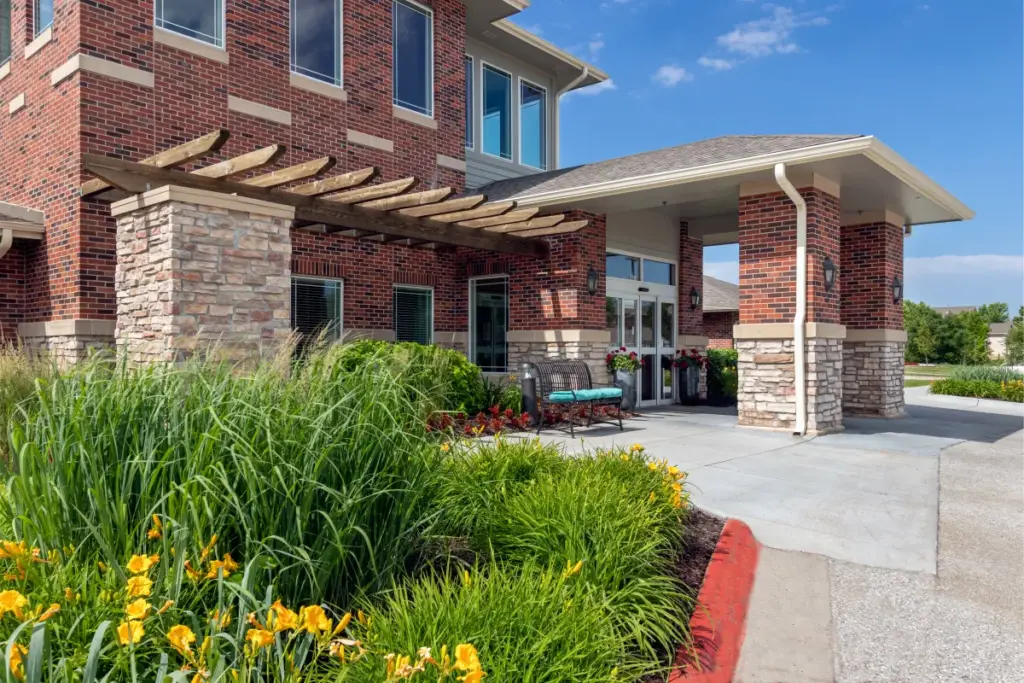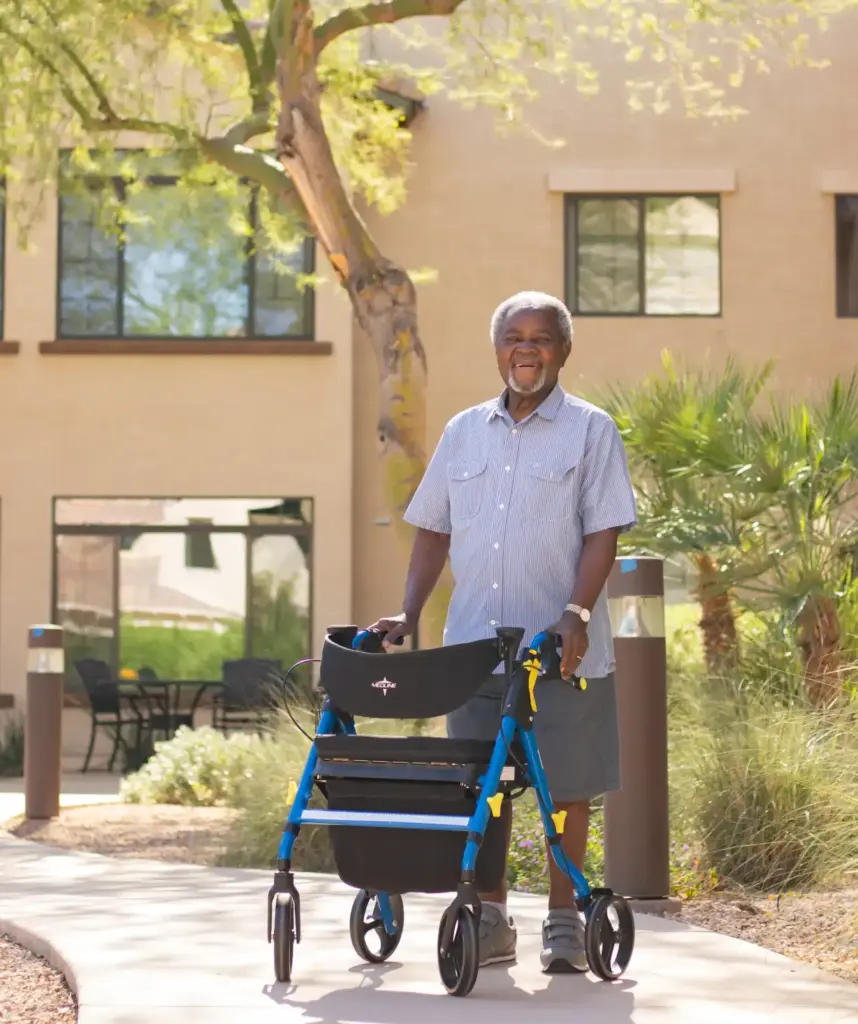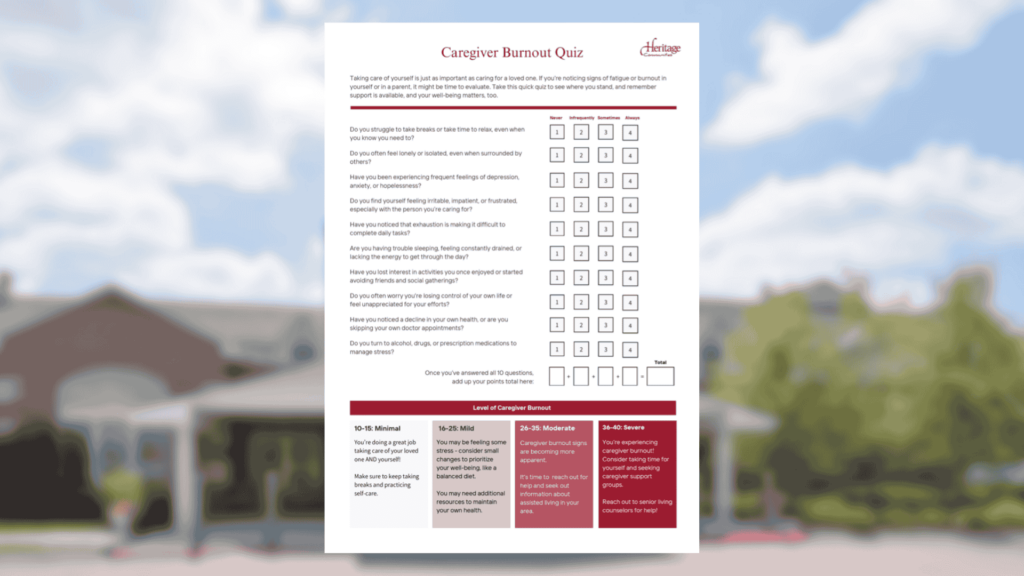The True Cost of Senior Living vs. Staying in Your Home
Aging in place is a phrase used to describe an older adult who chooses to remain in their own house instead of moving to a senior community. Sometimes they have a sentimental attachment to the home where they raised a family. Other times, they believe it is the most economical choice. But the differences between...

Aging in place is a phrase used to describe an older adult who chooses to remain in their own house instead of moving to a senior community. Sometimes they have a sentimental attachment to the home where they raised a family. Other times, they believe it is the most economical choice. But the differences between senior living vs aging in place can stack up.
Because many older adults live in a home where the mortgage has already been paid off, the home may seem like a less expensive option. When you do a senior living cost comparison, however, the results often prove otherwise. Hidden expenses and changing health frequently reveal just how much value senior living communities provide.
The True Cost of Senior Living Communities
The reality is that a mortgage is just one of many expenses, from homeowner’s insurance to home modifications and in-home caregivers, associated with remaining at home. What might seem like the least expensive place to grow older may really not be.
To ensure your senior living cost comparison is accurate, additional costs to take into consideration include:
- Property taxes and HOA fees
- Homeowner’s insurance
- Utilities and cable television
- Household maintenance and repairs (e.g., roof)
- Appliance repairs and replacements
- Home mechanical expenses (e.g., furnace, air)
- Lawn care and snow removal
- Housekeeping and laundry assistance
- Groceries and meal preparation support
Added to the costs of maintaining a home are the expenses associated with private duty home care services and home modifications. If a senior chooses to age at home, they’ll likely need one or both of these.
Average Cost of In-Home Care in the U.S.
While families often provide some care and support, many seniors will eventually require more help than loved ones can deliver. If the children live far away, this may happen sooner rather than later. That’s why it’s important to be sure your senior living cost comparison includes the cost of hiring a caregiver to assist with items that include:
- Medication management, including med reminder systems
- Personal care needs, such as bathing, grooming, and dressing
- Toileting and/or incontinence care
- Transportation to and from appointments
Most cities have a variety of home care agencies that can provide a caregiver to help with personal care and household tasks, but the costs can quickly add up.
In 2020, the average cost of in-home care was $24 per hour. Rates in some areas of the country are significantly higher, especially in major cities. You’ll also find that most home care agencies require that patients meet minimum hourly requirements on a per visit or weekly basis.
Senior Living vs Aging in Place: Home Modifications
Unless the senior’s home is newer and has an open floor plan that is easily accessible, some home modifications will likely be required, such as:
- Senior-friendly bathroom: According to the National Institute on Aging, 80% of the falls seniors experience at home occur in the bathroom. At a minimum, you’ll probably need to install a step-free shower and grab bars near the shower and toilet. Depending on what type of flooring is in the room, that may need to be replaced with a non-skid surface.
- Good lighting: Vision changes and balance issues can put an older adult at higher risk for a fall. Having good lighting over steps and stairs and in bathrooms may help prevent the senior from falling in these potentially dangerous spots in the home.
- Accessibility: As people age, problems with mobility might require the use of an assistive device. Going up and down stairs can become dangerous. You might need a contractor familiar with senior safety issues to open up the floor plan and to create a main floor bedroom and bathroom if those are lacking.
- Home emergency alert system: A step beyond a traditional home security system is one that allows an older adult to summon help in the event of an emergency. There are a variety of types, ranging from simple push-button pendants to those that work off sensors discreetly placed throughout the home to monitor the resident’s safety.
What’s Included in Senior Living Rates
When you add up all of these expenses associated with staying at home, it’s easier to see how senior living communities make good financial sense. Meals, transportation, utilities, maintenance, housekeeping, cable, and emergency call systems are typically included in the base price. Personal care and support charges are usually based on individual resident needs.
A further benefit is the improvement in quality of life. Instead of being isolated and alone, senior living residents enjoy a lifestyle filled with companionship and opportunities to engage in positive activities every day.
For more information, or to talk through the cost considerations of senior living vs aging in place, we invite you to call the nearest Heritage Communities location to discuss your unique situation. Or, download the “Should You Stay or Should You Go?” guide. It’s a free guide to help you decide whether you should stay in your current home or make a move to a senior living community.






